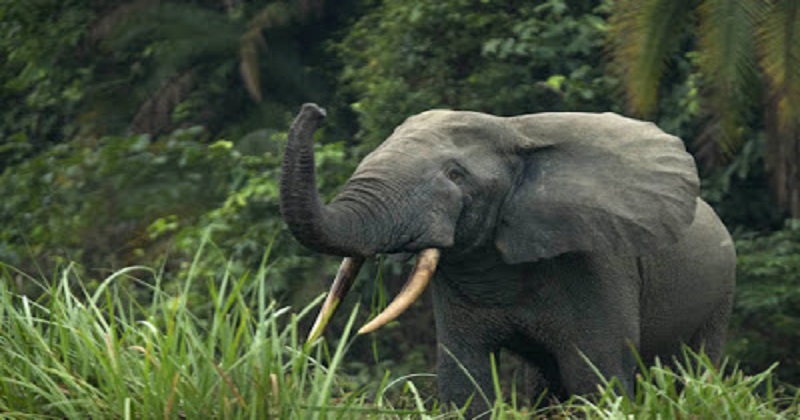
The International Union for the Conservation of Nature (IUCN), “Red List” of at a risk plants and animals, has opted to assess the African mammal as two separate species following genetic studies of populations, which have found that the forest and savanna elephants split from each other 5–6m years ago, at about the same time humans separated from chimpanzees.
The population of savanna elephant, is a genus with two living elephant species that is, African bush elephant and smaller African forest elephant. both the species are social herbivores having grey skin but they have different size and colour of their tusks. they are considered at heavy risk of extinction in the IUCN Red List. Bush elephant is considered endangered while forest elephant is considered critically endangered. species are threatened by habitat loss, habitat fragmentation, and poaching for the illegal ivory trade.
Forest elephants are generally smaller in size, have oval-shaped ears, straighter tusks and longer gestation periods, while savanna elephants live in larger family groups, have bigger ears and different-shaped skulls, among other differences.
The population of savanna elephants from Africa are found in a variety of habitats which had decreased by around 60% over last 50 years. number of forest elephants found in Central Africa had also fallen by 86% in 31 years. Presently, number of both the species of elephant’s accounts for 415,000. however, populations of some forest elephants were rebounding because of successful conservation measures like, measures taken by Gabon and Republic of Congo. As per IUCN, in Kavango Zambezi Transfrontier Conservation Area of South Africa, numbers of savanna were also stable or growing. endangered and critically endangered are the lowest categories on the IUCN red list before a species is declared extinct in the wild.
The habitat range of both species rarely crosses over in Africa, with savanna elephants preferring grasslands and deserts, while the forest elephant is mainly found in tropical rainforests. breeding between forest and savanna elephants , known as hybridisation had caused scientific disagreement over classifying the animals as separate species despite strong genetic indications that they were different.
As per the commission by the IUCN of areas where forest and savanna elephants interact found limited evidence of hybridisation, prompting the organisation to make separate red list assessments for the first time.

Post Your Comments